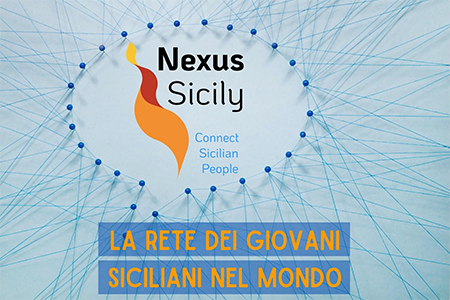 di Frank Barbaro - Dopo più di un anno dall’inizio della pandemia, la paura e l’incertezza che si sono create sono acute come lo erano all’inizio, quando il COVID-19 era ancora un’incognita. Tuttavia, l’esperienza maturata fino ad oggi dovrebbe aver fatto luce su come affrontare quella che è prevalentemente una questione medica e di salute pubblica.
di Frank Barbaro - Dopo più di un anno dall’inizio della pandemia, la paura e l’incertezza che si sono create sono acute come lo erano all’inizio, quando il COVID-19 era ancora un’incognita. Tuttavia, l’esperienza maturata fino ad oggi dovrebbe aver fatto luce su come affrontare quella che è prevalentemente una questione medica e di salute pubblica.
Invece le risposte prodotte hanno riguardato l’ordine pubblico e l’economia politica. I servizi ospedalieri non sono stati invasi e, nonostante i moniti delle autorità, la maggior parte dei contagi sono avvenuti sotto la loro sorveglianza. Ci sono stati più di 300.000 arrivi attraverso gli aeroporti senza alcuna restrizione, prima della chiusura delle frontiere il 20 marzo 2020. Per non parlare delle centinaia di passeggeri infetti sulla Ruby Princess, (la nave della peste), a cui è stato permesso di sbarcare, portando a più di 900 casi di Covid-19 e 28 morti, secondo un’inchiesta del NSW. La maggior parte dei contagi da quel momento è avvenuta in case di cura in confinamento o in hotel in quarantena. Il proiettile d’argento del vaccino sembra oggi meno sicuro, il che richiede una seria indagine medica, non la propaganda secondo cui “siamo tutti nella stessa barca”. Non è questo il caso e non lo è stato, in quanto solo alcuni si sono arricchiti mentre tanti altri hanno perso denaro, alcuni possono viaggiare mentre la maggior parte non può. Sarebbe utile ad esempio conoscere le circostanze sanitarie dei decessi per COVID e il numero dei contagiati che si ammalano o che vengono ricoverati. I medici devono anche chiedersi seriamente perché i bambini non sembrano essere in pericolo e perché hanno bisogno di essere vaccinati. Non è sufficiente sostenere che lo si fa per proteggere gli adulti. Pare che alcuni medici si stiano esprimendo contro l’assolutismo dei direttori medici, con la speranza che il virus torni ad essere un problema di salute. The search for a healthy response by Frank Barbaro More than a year into the pandemic and the fear and uncertainty created is as acute as it was at the beginning when COVID-19 was an unknown. However, the experience to date should have shed some light on how to deal with what is predominantly a medical and public health matter. Instead the defining responses have been about law and order and the political economy. Hospital services have not been overrun and despite scolding by authorities most of the infections happened under their watch. There were more than 300,000 arrivals through airports without any conditions, before border closures were applied on 20 March 2020. Then there were the hundreds of infected passengers on the Ruby Princess, (the plague ship), who were allowed on shore, leading to more than 900 Covid-19 cases and 28 deaths, according to a NSW inquiry. Most of the infections since happened under confinement in nursing homes or quarantine hotels. The vaccine silver bullet seems less certain today, which begs a medical investigation and not the propagandistic we’re all in this together. That is not and has not been the case as some have been enriched while some have lost money and some can travel while most can’t. It would be useful for example to know the health circumstances of COVID deaths and how many of the infected become sick or are hospitalized. Medical professionals also need to seriously ask why children don’t seem to be in danger and why they need to be vaccinated, which isn’t sufficient to argue that it’s to protect adults. There are signs that some in the medical profession are speaking out against the absolutism of chief medical officers with hope that the virus returns to being a health issue. fonte: Nuovo Paese (luglio 2021), il mensile della Filef Australia



